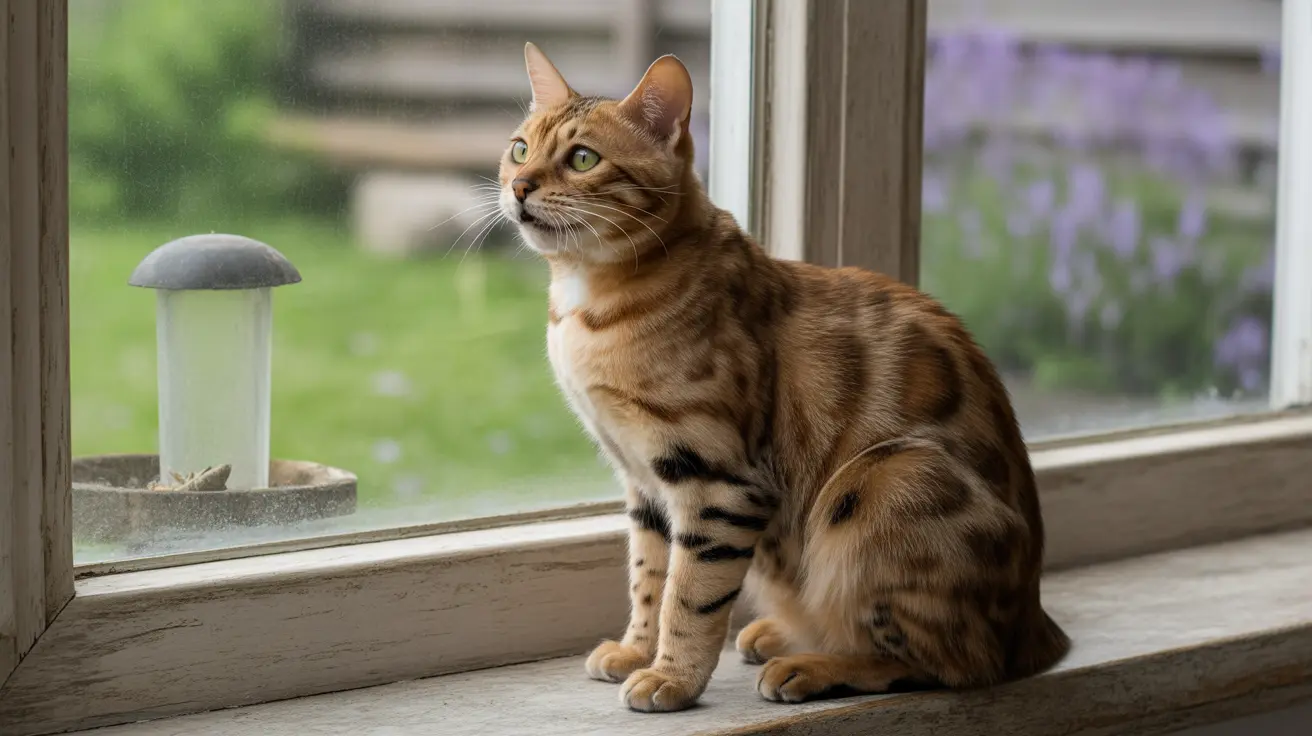As cat owners, we've all experienced those moments when our feline friends become particularly vocal, producing sounds that can range from mildly irritating to downright disruptive. While these vocalizations might test our patience, they actually serve as vital communication tools in the complex language of cats.
In this comprehensive guide, we'll explore the various types of annoying cat sounds, understand their meanings, and learn effective ways to manage excessive vocalization. Whether you're dealing with late-night serenades or constant demands for attention, understanding why cats make these sounds is the first step toward a more harmonious relationship with your pet.
Common Types of Annoying Cat Vocalizations
The Persistent Meow
Meowing is primarily a cat-to-human communication method, rarely used between cats themselves. While occasional meowing is normal, persistent meowing can become particularly bothersome, especially when it occurs at inappropriate times. Cats often use this vocalization to demand food, attention, or access to certain areas of your home.
The Midnight Yowl
Perhaps one of the most disruptive sounds cats make is the loud, drawn-out yowl. This sound is particularly common in unspayed females and unneutered males during mating season. However, elderly cats may also yowl due to cognitive dysfunction or disorientation, making it essential to consider the context and your cat's age when addressing this behavior.
Understanding Why Cats Make These Sounds
Medical and Behavioral Causes
Excessive vocalization often has underlying causes that require attention. Medical issues, stress, anxiety, or environmental changes can trigger increased vocalization. Senior cats might become more vocal due to conditions like thyroid problems or cognitive decline.
Attention-Seeking Behavior
Cats are intelligent creatures who quickly learn that making noise gets them what they want. If you've previously responded to your cat's vocalizations with food or attention, they've likely learned that being noisy is an effective strategy.
Managing Annoying Cat Sounds
Preventive Measures
Regular veterinary check-ups can help rule out medical causes for excessive vocalization. Maintaining a consistent feeding schedule and providing adequate environmental enrichment can reduce attention-seeking behaviors. Spaying or neutering your cat can significantly decrease mating-related vocalizations.
Training and Positive Reinforcement
While cats aren't as easily trained as dogs, they can learn to be quieter through positive reinforcement. Reward quiet behavior and avoid responding to excessive meowing, which can reinforce the unwanted behavior.
Frequently Asked Questions
Why does my cat make annoying meowing sounds, especially at night or early morning?
Cats are naturally more active during dawn and dusk (crepuscular behavior). Nighttime meowing could be due to hunger, boredom, or seeking attention. Establishing a regular feeding schedule and providing evening playtime can help reduce these vocalizations.
What does loud yowling or howling from my cat usually mean and how can I reduce it?
Yowling often indicates mating behavior, pain, or distress. If your cat isn't spayed/neutered, this is likely the primary cause. For elderly cats, it might signal cognitive dysfunction. Consult your veterinarian to rule out medical issues and discuss appropriate solutions.
Why does my cat chatter or chirp when looking out the window at birds?
This behavior, known as chattering, is believed to be a combination of excitement and frustration when cats spot potential prey they can't reach. It's a natural hunting instinct and generally nothing to worry about.
How can I tell if my cat's hissing and growling are signs of stress or illness?
Hissing and growling are defensive behaviors indicating fear, pain, or anxiety. If these sounds are new or frequent, observe other behavioral changes and consult your veterinarian to rule out medical issues.
What are effective ways to stop excessive vocalizations like meowing or trilling in cats?
Address basic needs first (food, water, clean litter box), provide environmental enrichment, maintain consistent routines, and avoid reinforcing vocal behavior with attention. For persistent issues, consult with your veterinarian or a certified animal behaviorist.
Conclusion
While annoying cat sounds can be frustrating, understanding their purpose helps us become better pet parents. By addressing the underlying causes and implementing appropriate management strategies, we can maintain a peaceful household while ensuring our cats' needs are met.
Remember that sudden changes in vocalization patterns should always be evaluated by a veterinarian, as they could indicate underlying health issues requiring medical attention.






